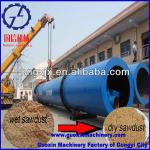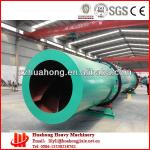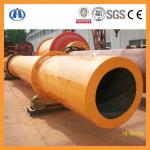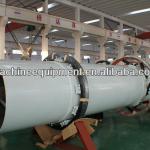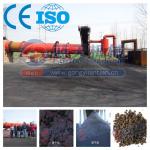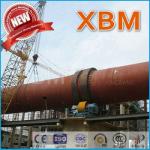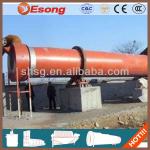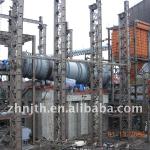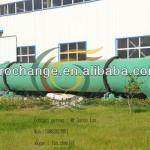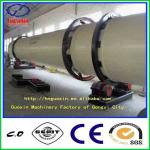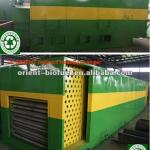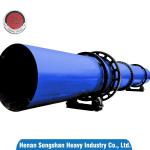high efficient high quality hot sale low price professional multifunctional pneumatic driers 96
| Type:Rotary Drying Equipment | Place of Origin:China (Mainland) | Brand Name:JY | material:ss304 |
| performance:good |
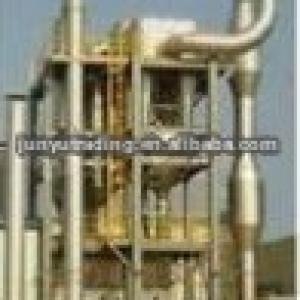
Principle of air flow dryier
Air stream carries raw material to enter into the eddying flow air stream drier in the direction of tangent and to form helix movement along with the inner wall. Because raw material distributes uniformly in the air stream and helix movement, the dry process is strengthened. Raw materials that can be dried with air stream can be dries with the eddying flow air stream drier. Particularly it is suitable for raw materials that are hydrophobic behavior, small granule, thermal sensitivity and not afraid of broken.
The recovery of dust can use pulse cloth bag duster or spray duster in accordance with the property of raw material. Its recovery rate can be 99.99%
SCOPE OF APPLICATION
The kinds of dry equipment can be suitable for more raw materials. Besides the raw materials mentioned in basic type drier, the following raw materials can also be dried. They are hypnone, ABC intermediate, ABS resin, ASC, white carbon black, catalyst for oxalic acid, accelerant m.d.m, deposited carbon powder, titanium dioxide, active carbon, sodium fluosilicate, fluoric ore, silica gel powder, synthesis resin, calcium phosphate, PP, aureomycin, sodium disilicate, sodium sulfate, sulphide ore, phosphorus ore powder, blue BB, PVC, acheomycin, ferric oxide, calcium carbonate, maize protein, gypsum retarder and so on.
| TECHNICAL PARAMETERS | |||||||||||||||||||||||||||||||||||
|
Spray dryingis a method of producing a dry powder from a liquid or slurry by rapidly drying with a hot gas. This is the preferred method of drying of many thermally-sensitive materials such as foods and pharmaceuticals. A consistent particle size distribution is a reason for spray drying some industrial products such as catalysts. Air is the heated drying medium; however, if the liquid is a flammable solvent such as ethanol or the product is oxygen-sensitive then nitrogen is used.
All spray dryers use some type of atomizer or spray nozzle to disperse the liquid or slurry into a controlled drop size spray. The most common of these are rotary disks and single-fluid high pressure swirl nozzles. Alternatively, for some applications two-fluid or ultrasonic nozzles are used. Depending on the process needs, drop sizes from 10 to 500 µm can be achieved with the appropriate choices. The most common applications are in the 100 to 200 µm diameter range. The dry powder is often free-flowing.[2]
The most common spray dryers are called single effect as there is only one drying air on the top of the drying chamber (see n°4 on the scheme). In most cases the air is blown in co-current of the sprayed liquid. The powders obtained with such type of dryers are fine with a lot of dusts and a poor flowability. In order to reduce the dusts and increase the flowability of the powders, there is since over 20 years a new generation of spray dryers called multiple effect spray dryers. Instead of drying the liquid in one stage, the drying is done through two steps: one at the top (as per single effect) and one or an integrated static bed at the bottom of the chamber. The integration of this fluidized bed allows, by fluidizing the powder inside a humid atmosphere, to agglomerate the fine particles and to obtain granules having commonly a medium particle size within a range of 100 to 300 µm. Because of this large particle size, these powders are free-flowing.
The fines generated by the first stage drying can be recycled in continuous flow either at the top of the chamber (around the sprayed liquid) or at the bottom inside the integrated fluidized bed. The drying of the powder can be finalized on an external vibrating fluidized bed.
The hot drying gas can be passed as a co-current or counter-current flow to the atomiser direction. The co-current flow enables the particles to have a lower residence time within the system and the particle separator (typically a cyclone device) operates more efficiently. The counter-current flow method enables a greater residence time of the particles in the chamber and usually is paired with a fluidized bed system.
A spray dryer is a device used in spray drying. It takes a liquid stream and separates the solute or suspension as a solid and the solvent into a vapor. The solid is usually collected in a drum or cyclone. The liquid input stream is sprayed through a nozzle into a hot vapor stream and vaporised. Solids form as moisture quickly leaves the droplets. A nozzle is usually used to make the droplets as small as possible, maximising heat transfer and the rate of water vaporisation. Droplet sizes can range from 20 to 180 μm
depending on the nozzle.[2]There are two main types of nozzles: high pressure single fluid nozzle (50 to 300 bars) and two-fluid nozzles: one fluid is the liquid to dry and the second is compressed gas (generally air at 1 to 7 bars).
Spray dryers can dry a product very quickly compared to other methods of drying. They also turn a solution, or slurry into a dried powder in a single step, which can be advantageous for profit maximization and process simplification
| performance | efficience | taste of product | |
| good | high | dilicious |

| Packaging Detail:wooden package |
| Delivery Detail:asap |



